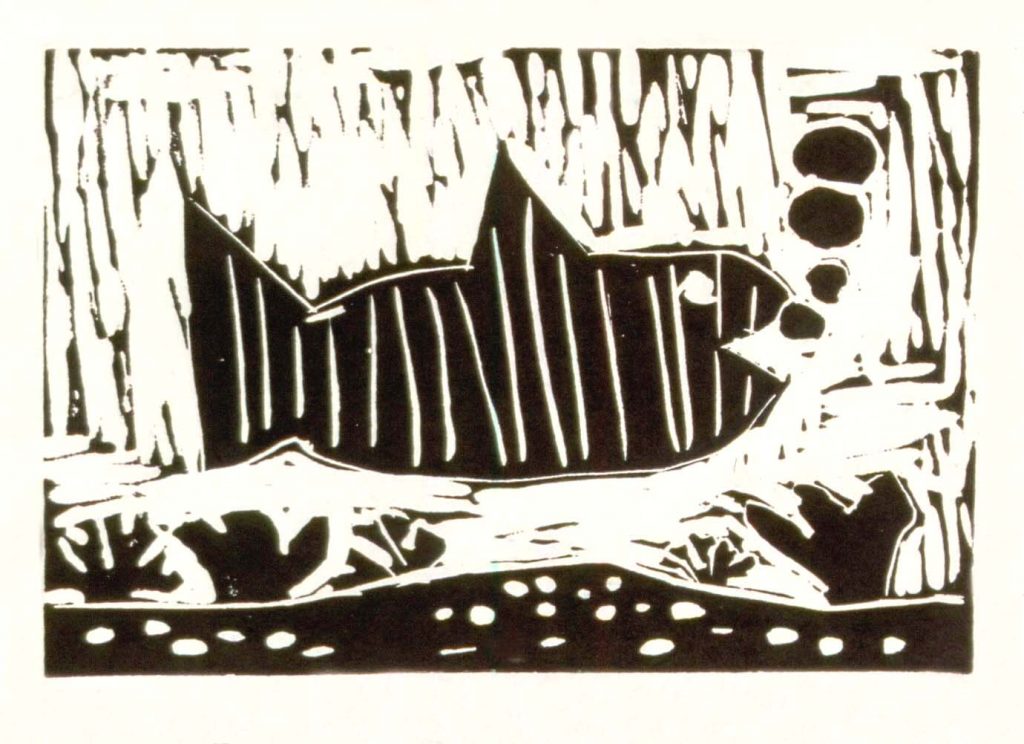Relief printing, a traditional printing technique that dates back centuries, continues to be widely used in various industries today. This method involves carving or etching a design onto a surface, applying ink to the raised areas, and transferring the image onto paper or another material. While relief printing may seem simple at first glance, it offers a range of advantages that make it a valuable tool for artists, designers, and manufacturers alike. In this article, we will delve into two key advantages of relief printing and explore how they can benefit different industries.
- Versatility and Flexibility:
One of the primary advantages of relief printing is its versatility and flexibility. This technique can be used on a wide range of materials, including paper, fabric, wood, and even metal. This adaptability allows artists and designers to explore various mediums and create unique and visually striking prints. Whether it's producing intricate patterns on textiles or adding texture to a piece of artwork, relief printing offers endless possibilities for creative expression.
Moreover, relief printing can be easily combined with other printing methods, such as letterpress or screen printing, to achieve even more complex and visually captivating results. This versatility makes relief printing a valuable tool for graphic designers, illustrators, and printmakers who seek to push the boundaries of their craft.
- Cost-Effectiveness and Reproducibility:
Another significant advantage of relief printing is its cost-effectiveness and reproducibility. Unlike some other printing techniques that require expensive equipment or specialized skills, relief printing can be done with relatively simple tools and materials. This accessibility makes it an attractive option for artists and small businesses with limited resources.
Additionally, relief printing allows for the creation of multiple copies of the same design with consistent quality. This reproducibility is especially beneficial for industries such as packaging, where large quantities of labels or tags need to be produced. Relief printing ensures that each print is identical, maintaining brand consistency and reducing production costs.
In conclusion, relief printing offers two key advantages that set it apart from other printing techniques: versatility and flexibility, as well as cost-effectiveness and reproducibility. Its ability to work on various materials and combine with other printing methods makes it a valuable tool for creative professionals. Furthermore, its accessibility and ability to produce consistent prints make it a practical choice for businesses in need of mass production. By harnessing the power of relief printing, artists, designers, and manufacturers can unlock new possibilities and elevate their work to new heights.

More Stories
Industrial Clear Tape: The Ultimate Guide for High-Performance Packaging Solutions
Automotive Rubber Hose: Essential Performance Factors and Maintenance Best Practices
PE, CPP, or Laminated Film? Material Differences That Matter for Baking Pan Bags